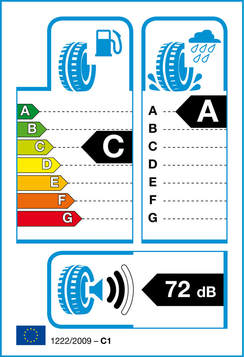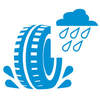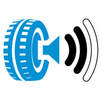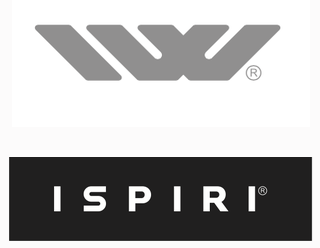Expert AdviceGot a question about your tyres, wheels or the services that we provide? We've compiled a list of the most common queries that we receive from our customers. If you still can't find what you're looking for, contact our team who will be happy to help.
|
InformationTyres |
EU Tyre LabellingAs of the end of 2012, all new car, 4x4, SUV, van and most truck tyres manufactured after July 2012 carry an EU tyre label which is similar to the energy stickers that appear on equipment found around your house.
No two makes of tyre are the same, so the EU tyre label has been created to provide drivers with objective, reliable and comparable information about each tyre so that you can make a more informed choice when buying new tyres.
Fuel EfficiencyAs a tyre rolls along the road it creates friction, the higher the friction the more energy will be needed to keep the tyre rolling, making the engine work harder and using more fuel. Tyres with low rolling resistance place lower demands on fuel since less energy is being used as the tyres roll along the road.
The difference in fuel consumption between a car fitted with A and G class tyres is around 0.5 litres per 100km, that's a saving of around 80 litres and more than €125 per year.* Other factors affect fuel consumption such as aerodynamics, vehicle weight, type of engine, auxiliary systems like air-conditioning slope of the road, personal driving style, tyre pressure level, accelerations or general traffic conditions. *Savings based on a petrol engine car travelling 10,000 miles per year with €1.60 per litre fuel cost Wet GripThese ratings are measured from the distance travelled by a car after braking at 50mph in the wet.* Tyres with the best EU tyre label rating for wet grip will exhibit a 30% shorter braking distance than those with the worst rating for a full set of tyres fitted to an average car.
A tyre’s EU tyre label wet grip rating reflects the capacity of the tyre to brake on a wet road. However, there are other parameters which are relevant for safety (e.g. road holding ability, directional control, deceleration ability on wet and dry surfaces at higher speed and aquaplaning behaviour) but wet grip was chosen by the EU as the most representative situation of reduced adherence in Europe. *Testing according to regulation EC 1222/2009 Exterior Noise
|












